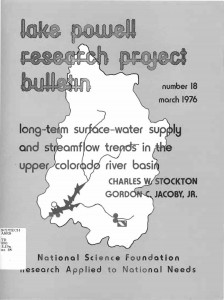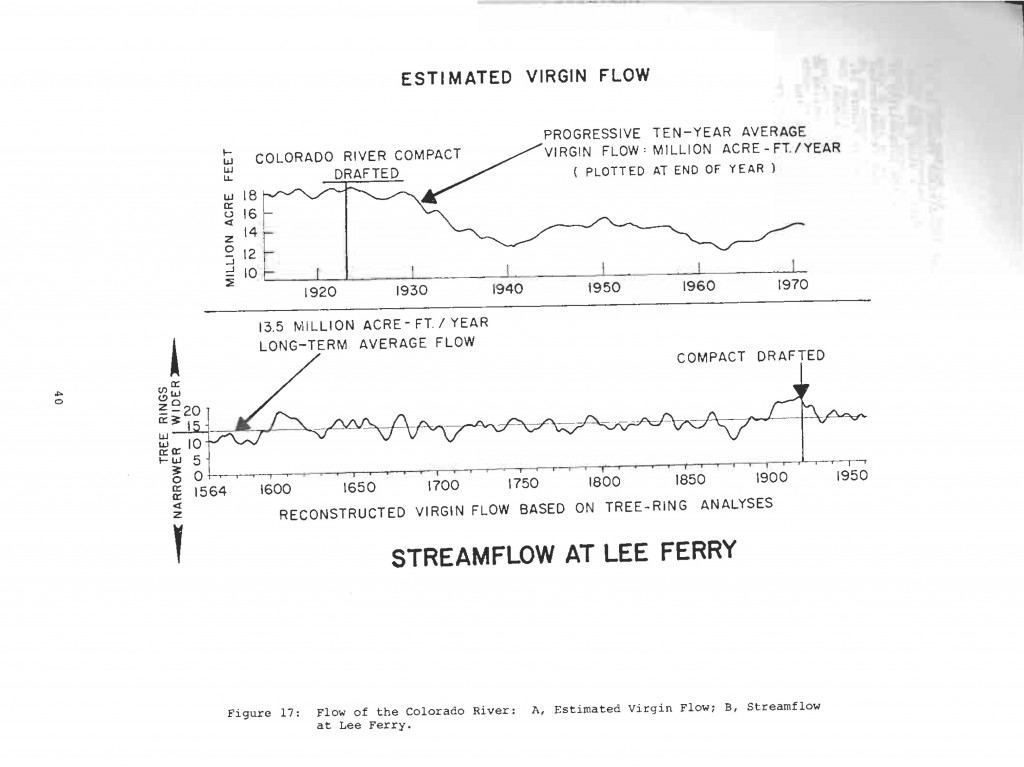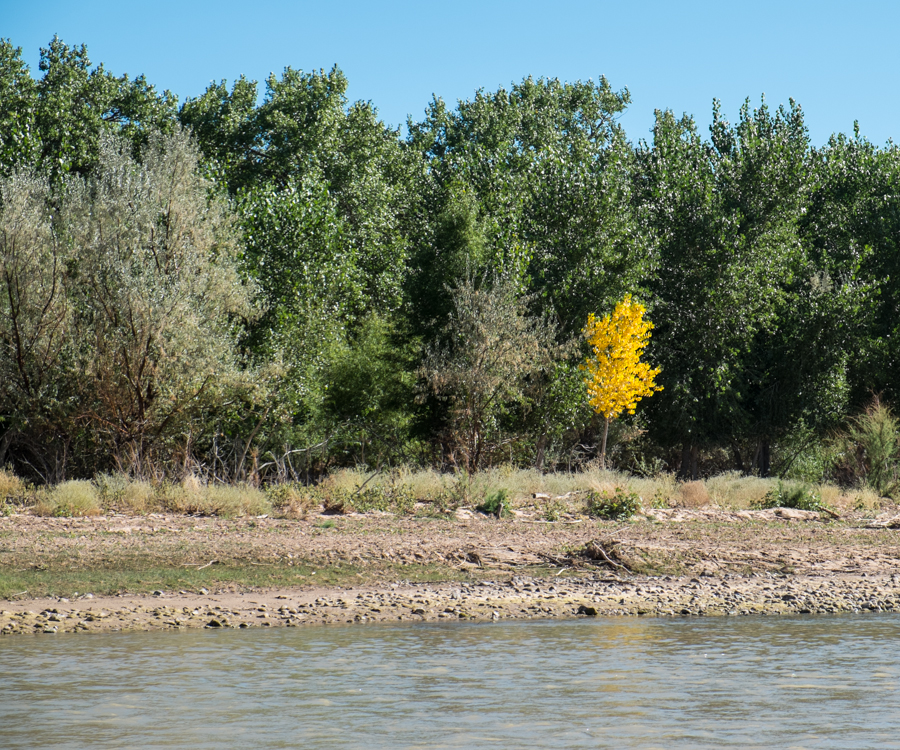I imagine that if I was a reporter in California, trying to cover the drought, I’d end up in Porterville too.
It’s the little community in Tulare County where the taps have gone dry. Jennifer Medina of the New York Times took us there this week, and for residents of a nation used to running water and flushing toilets in our homes, it’s a striking story.* Type “Porterville” and “drought” into Google News and you’ll find the story being told again and again, so much so that the local paper did one of those “meta” stories describing the attention when two TV crews showed up on the same day :
The dire situation many East Porterville residents have found themselves in from three years of drought got the attention Tuesday of the CBS Evening News, as well as an Australian television crew.
But I think it is instructive that, when outsiders want to tell the story of Californian residents running out of water, they seem to have just one place to go. The same thing happened in 2012 in Texas, as national media descended on the little town of Spicewood Beach, because like Porterville, it seemed to be the only place actually running out of water.
The journalistic risk here is twofold. First, you risk leaving national readers with the impression that “Californians’ taps are running dry,” when mostly they’re not. This is a classic problem in newspegged journalism – we also gravitate toward the worst, and leave distant observers with the impression that that is all there is. Second, you miss important pieces of the drought story, because the difference between Portervilles and non-Portervilles is critical for making drought response policy.
To be clear, there have been lots of stories from lots of parts of California’s Central Valley about farmers running out of water for their crops. That’s a broad story. But the implication of the Porterville story is that most home water users aren’t running out. I think that’s an equally important story.
- What went wrong in Porterville that isn’t happening elsewhere, and what have other communities done right?
- What is the role of poverty in the Porterville case, and the other communities that find themselves on the verge of water supply troubles?
- What has happened in urban and suburban California that has kept the big water supply systems from running out?
Hector Becera of the Los Angeles Times had a good story last month that got to some of this. He looked at communities that have made it onto the state’s “high risk” list but didn’t run out:
For some communities, earning a place on the list was the impetus to address problems that should have been fixed long ago. Some drilled new wells, built storage tanks or connected their water systems with larger ones and got off the critical list. Other communities were saved by late spring rains that filled reservoirs and other water supplies.
Fourteen communities, though, remain on the list, approaching a crisis point and trucking in water while they work to find a solution.
Tim Quinn, the executive director of the Assn. of California Water Agencies, said communities that have made the list are often small and isolated, and they relied on a single source of water, such as a stream, without backup sources. But he warned that if the drought continues, larger communities could face their own significant problems.
I took a crack at this last year when we were busy doing the same thing in New Mexico:
But like Sherlock Holmes’ curious case of the dog that did not bark in the night, a key part of the story of the drought of 2013 in rural New Mexico may be the communities that have not been in the news, because they have not run out of water.
While solid numbers are hard to come by, some in the state’s water management community say they believe there are fewer small community water problems in 2013 than in the last major drought, of 2002-03. With the severity of the current drought, water tables all across New Mexico are dropping. But many communities threatened by drought last time around have upgraded their systems, making them more resilient.
I think this is a part of the story that deserves more attention.
* An important coda: There are in fact, lots of Porterville-like communities in Indian Country, where aridity and poverty combine to leave homes that have never had running water. See, for example, Whitehorse Lake.




